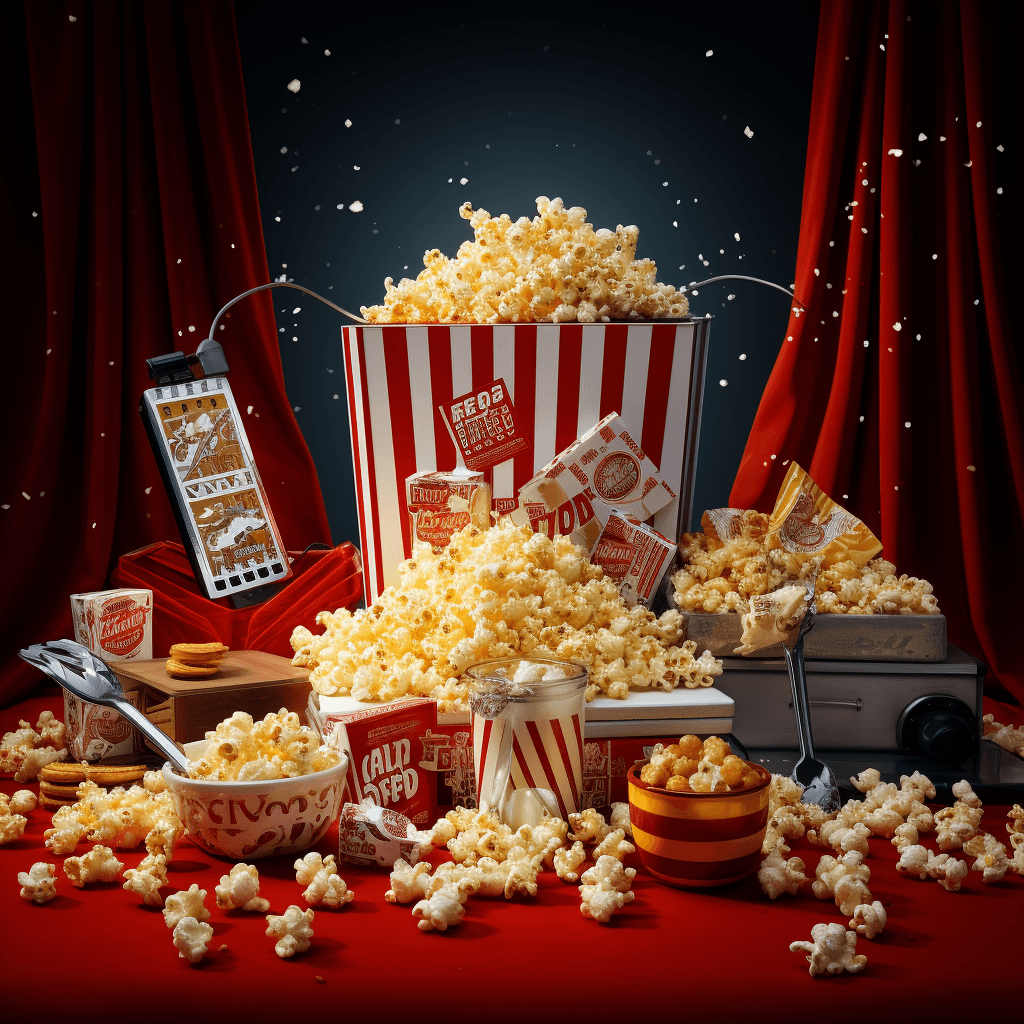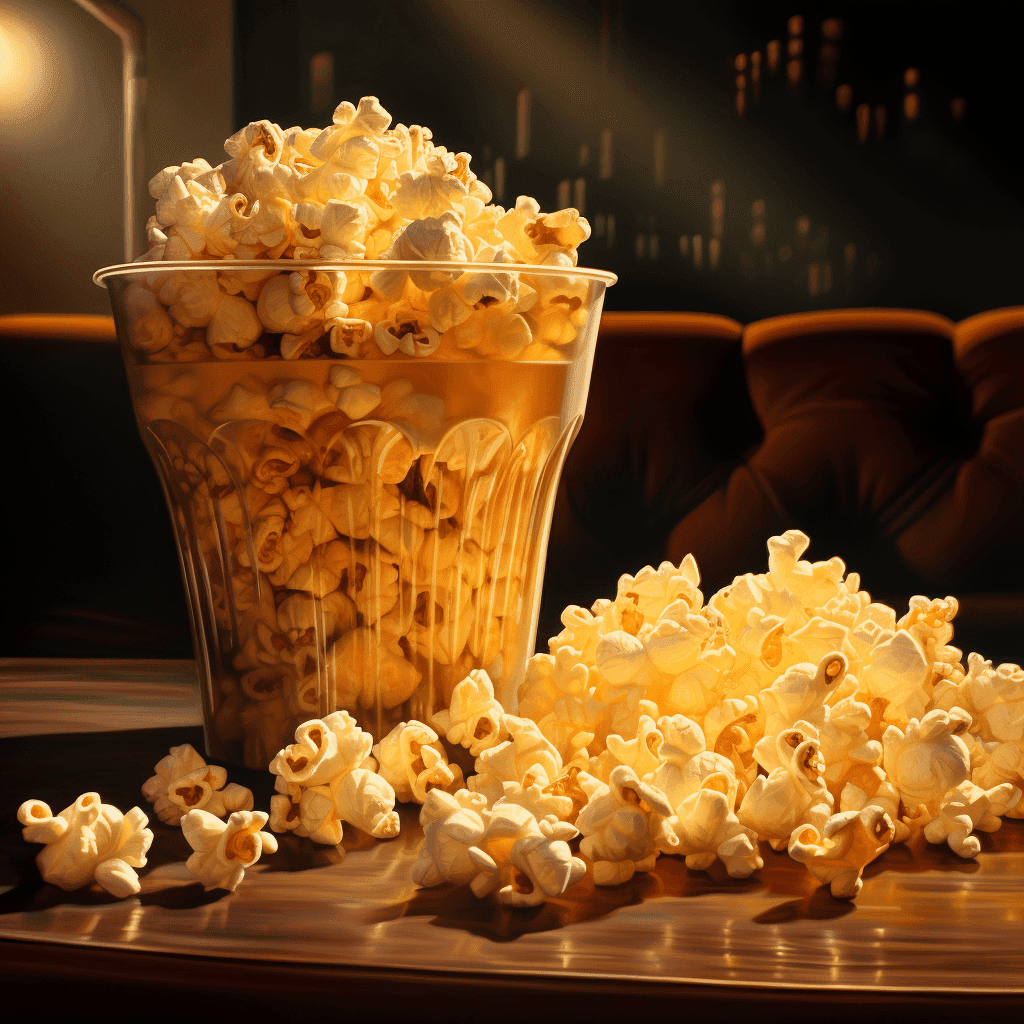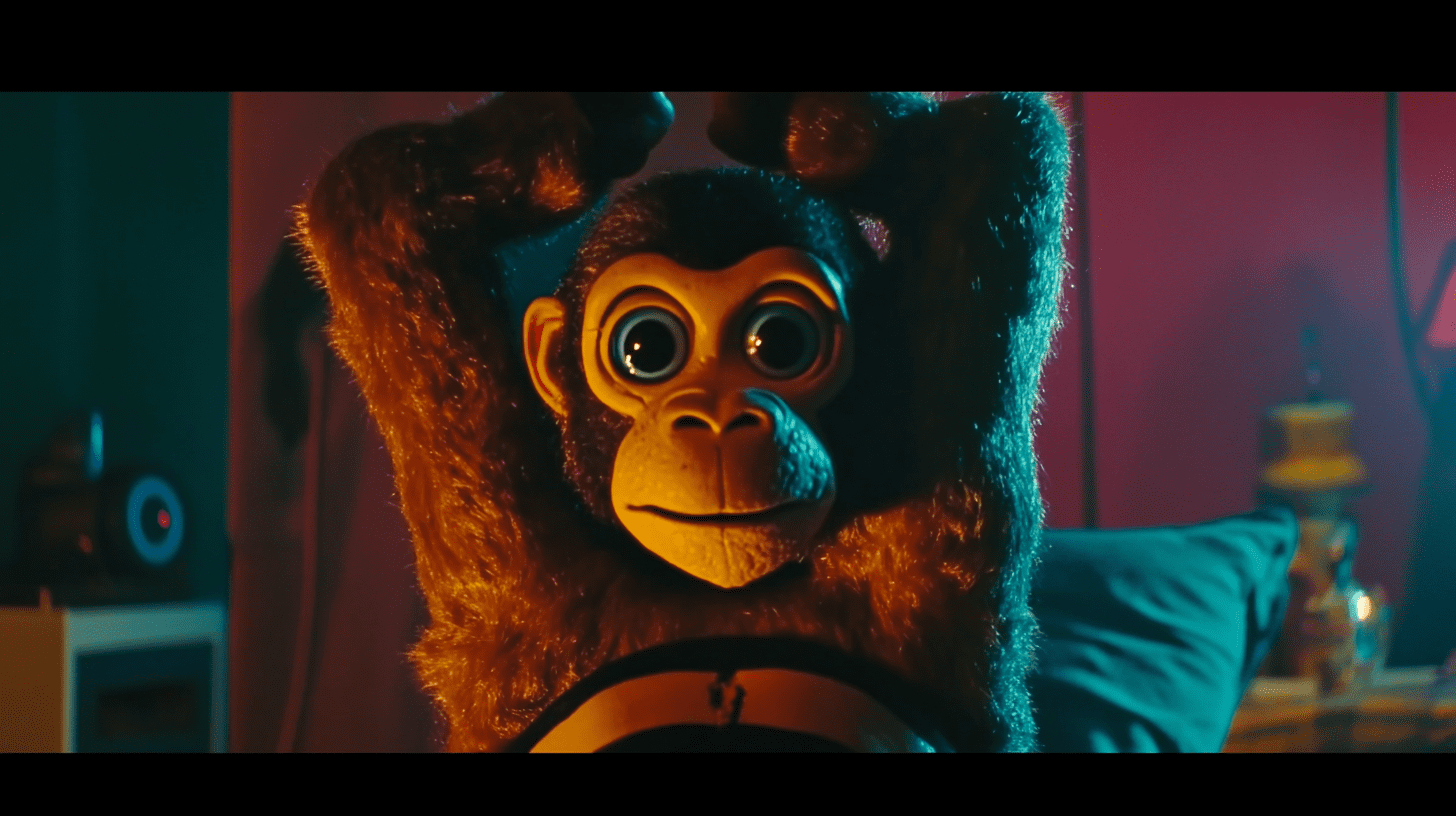What's After the Blog?
Animation • History of Cinema
Adventures in Animation: The Evolution of Animated Features
Explore the captivating evolution of animated features, from traditional hand-drawn techniques to groundbreaking digital innovations, and discover how animation continues to enchant audiences worldwide.
May 1, 2024

Movies mentioned in this article
Adventures in Animation: The Evolution of Animated Features
Introduction
Animation has been a cornerstone of cinematic storytelling, captivating audiences with its unique blend of artistry and narrative. This medium, which breathes life into the inanimate, has undergone a profound evolution since its inception. Early animation was characterized by simple hand-drawn techniques that laid the groundwork for the diverse array of styles we see today. As the years progressed, animation evolved in leaps and bounds, exploring new realms of creativity and technology. From the classic charm of Snow White and the Seven Dwarfs to the cutting-edge visuals of Into the Spider-Verse, animated features have continually pushed the boundaries of what’s possible in film, offering audiences immersive and imaginative experiences. This journey through the evolution of animated features is not just about technological advancements but also about the ever-growing complexity and depth of storytelling within the medium.
The art of animation has always been more than just entertainment for children; it’s a versatile form of storytelling that can convey a wide range of emotions and themes. Animated features have the unique ability to bring fantastical worlds to life, create characters that resonate deeply with audiences, and tell stories that are as complex and nuanced as any live-action film. Films like Spirited Away and Wall-E are prime examples of animation’s potential to explore intricate narratives and themes, from environmental concerns to the intricacies of human emotion. The evolution of animation is a testament to the creativity and innovation of filmmakers who have continually reimagined what this art form can achieve.
The Dawn of Animation: From Hand-Drawn to Cel Animation
The early days of animation were defined by pioneering efforts in hand-drawn techniques. These initial steps were characterized by experimentation and discovery, as artists and filmmakers explored the potential of bringing drawings to life. The first animated features were painstakingly created frame by frame, a labor-intensive process that required both artistic skill and immense patience. One of the first and most iconic examples of a full-length hand-drawn animated feature is Disney’s Snow White and the Seven Dwarfs, which premiered in 1937. This film not only marked a milestone in animation history but also set the standard for the animated features that followed.
The introduction of cel animation, where animators drew on transparent sheets called cels, was another significant advancement. This method allowed for more efficient production and greater complexity in animation. It enabled the creation of more detailed backgrounds and more fluid character movements, as seen in classics like Fantasia and Cinderella. Cel animation dominated the industry for decades, becoming synonymous with the golden age of animation. This era saw the creation of some of the most beloved animated features and characters, which remain popular to this day. The transition from hand-drawn to cel animation was not just a technical development; it was a shift that opened new avenues for storytelling, character development, and artistic expression in animated films.
”How did computer-generated animation change the industry?”
The advent of computer-generated animation (CGI) marked a seismic shift in the animation industry, revolutionizing the way animated features were produced and perceived. CGI animation brought with it an unprecedented level of realism and detail, allowing for more dynamic and complex visual storytelling. The release of Toy Story in 1995, the first feature-length film made entirely with CGI, was a watershed moment, showcasing the vast potential of digital animation. This film not only captivated audiences with its technical prowess but also set a new standard for animated storytelling, blending humor, heart, and a sense of adventure in a way that appealed to both children and adults.
CGI transformed the landscape of animation by offering filmmakers tools to create vivid, immersive worlds and characters that could express a wider range of emotions and actions. Films like Finding Nemo and Shrek demonstrated the versatility of CGI, enabling animators to construct detailed underwater environments and bring to life an array of fantastical creatures with personality and depth. The impact of CGI on the industry was profound, not only in terms of aesthetics but also in expanding the scope of narratives that could be told through animation. It allowed for more sophisticated and layered storytelling, evident in films like Up and Inside Out, which delved into complex emotional themes with sensitivity and insight.
The Art of Storytelling in Animation
As animation evolved, so too did the complexity and depth of its storytelling. Animated features began to tackle a broad spectrum of themes and narratives, often with a sophistication that challenged the perception of animation as a medium solely for children’s entertainment. The power of animation to weave rich, multi-layered stories is exemplified in Studio Ghibli’s Spirited Away. This film combines stunning visuals with a poignant narrative, exploring themes of identity, growth, and resilience. Similarly, Zootopia uses the animated format to address social issues such as prejudice and diversity, wrapped in a vibrant, engaging package.
The storytelling in animation has also been marked by a willingness to experiment with different styles and narratives. Films like The Lego Movie and Spider-Man: Into the Spider-Verse broke new ground with their innovative visual styles and fresh approach to storytelling, blending humor, action, and heart in unique ways. These films, among others, demonstrate that animation is a boundless medium, capable of telling any kind of story, from the simplest children’s tale to the most complex and nuanced narratives. The evolution of storytelling in animation reflects a growing recognition of the medium’s power to connect with audiences of all ages, delivering stories that are as diverse, imaginative, and profound as any live-action film.
Technological Advancements in Animation
The journey of animation has been significantly shaped by technological advancements, each bringing new possibilities to the art form. From the early days of hand-drawn frames to the sophisticated computer-generated imagery of today, technology has constantly redefined what’s possible in animation. The development of 3D animation, for instance, added a new dimension to animated storytelling, creating a more immersive and realistic experience for viewers. Movies like Avatar, although not entirely animated, demonstrated the immense potential of 3D technology in creating detailed and immersive worlds.
Motion capture technology is another groundbreaking advancement, allowing animators to capture human movement in intricate detail. This technology was masterfully used in The Adventures of Tintin, where the nuanced performances of real actors were translated into the animated world, bringing a heightened level of realism to the characters. Digital animation has also seen significant advancements in rendering and lighting techniques, enabling animators to create scenes with incredible depth, texture, and realism. Films like How to Train Your Dragon showcase stunningly detailed environments and characters, demonstrating the power of these technological advancements in bringing fantastical worlds to life.
”What are the latest trends in animation technology?”
As we look to the future, several emerging trends in animation technology are set to push the boundaries of the medium even further. Virtual reality (VR) and augmented reality (AR) are opening new frontiers in immersive storytelling, allowing viewers to step inside the animated world in a way that was never possible before. VR animations like Gloomy Eyes offer a fully immersive experience, engaging the audience in a multi-dimensional narrative space.
Another trend is the use of artificial intelligence in animation. AI is beginning to play a role in various aspects of animation production, from creating natural movements in characters to aiding in the complex process of rendering. As AI technology continues to advance, it’s likely to make animation more efficient and open up new creative possibilities. Additionally, the increasing integration of animation in live-action films, as seen in movies like The Lion King (2019), is blurring the lines between reality and animation, creating a new hybrid form of storytelling that leverages the strengths of both mediums. These trends indicate a future where animation will continue to evolve, offering ever more creative and immersive experiences for audiences around the world.
Animation Around the World: A Global Perspective
The world of animation is not just limited to Hollywood; it’s a global phenomenon with diverse styles and stories emerging from different cultures. Japanese anime, for example, has had a significant influence worldwide, known for its distinct art style and thematic depth. Films like My Neighbor Totoro and Akira have become international icons, showcasing the unique storytelling capabilities and artistic vision of Japanese animation. Similarly, European animation has brought its own flavor to the table, with films like The Triplets of Belleville and Persepolis offering alternative narratives and visual styles that differ significantly from mainstream American animation.
These international animated features contribute to the rich tapestry of the genre, offering perspectives that challenge and enrich the global animation scene. They explore a range of themes from local folklore and history to contemporary social issues, reflecting the cultural diversity of their origins. This global perspective not only broadens the audience’s understanding and appreciation of different cultures but also pushes the boundaries of animation, inspiring new techniques and storytelling methods.
Conclusion
The evolution of animated features is a story of continuous innovation and creativity. From the early hand-drawn cartoons to the sophisticated digital masterpieces of today, animation has come a long way, constantly finding new ways to captivate and enchant audiences. The medium’s ability to adapt and evolve with technological advancements and changing cultural tastes has ensured its lasting popularity and relevance. As animation continues to break new ground, it promises to keep offering extraordinary and imaginative experiences to viewers of all ages.
For more explorations into the diverse and evolving world of cinema, including the magical realm of animation, check out our other blog posts at What’s After the Movie. Discover a universe of stories, styles, and techniques that make up the vibrant world of animated features, and explore our extensive database for insights into your favorite films.
Continue reading

What's After the Movie?
Not sure whether to stay after the credits? Find out!
Check out our other apps:
Actors
Companies
Latest Movies
© 2025 What's After the Movie. All rights reserved.
























